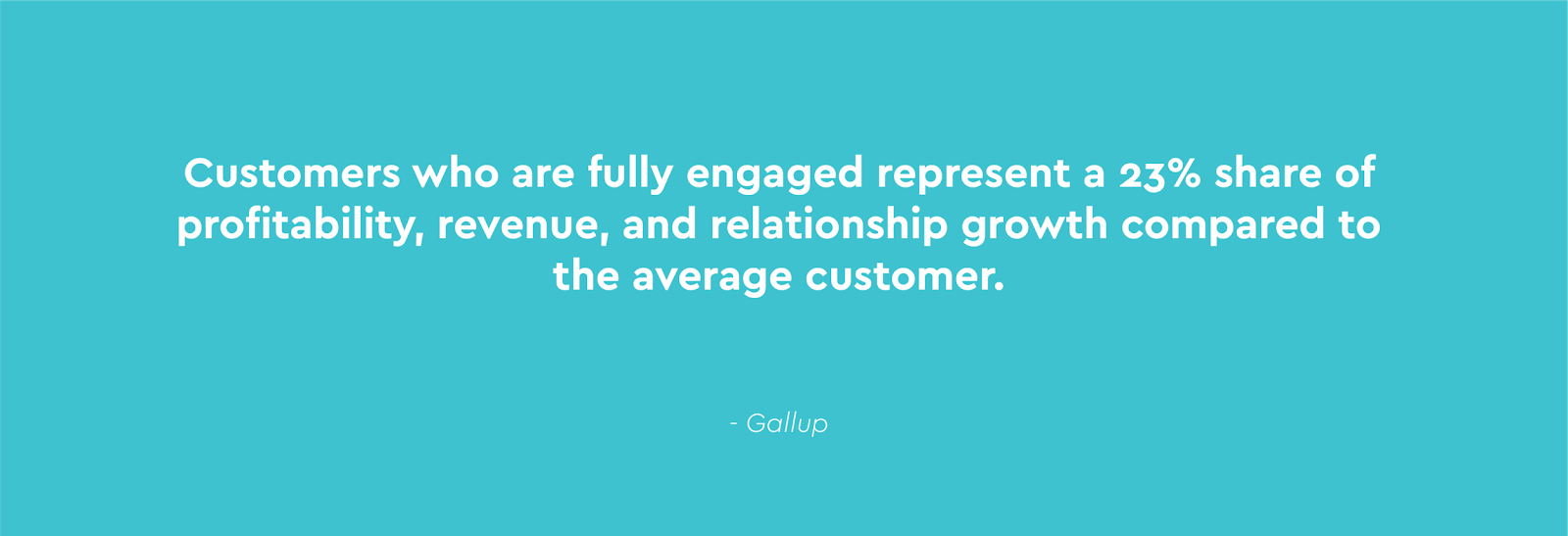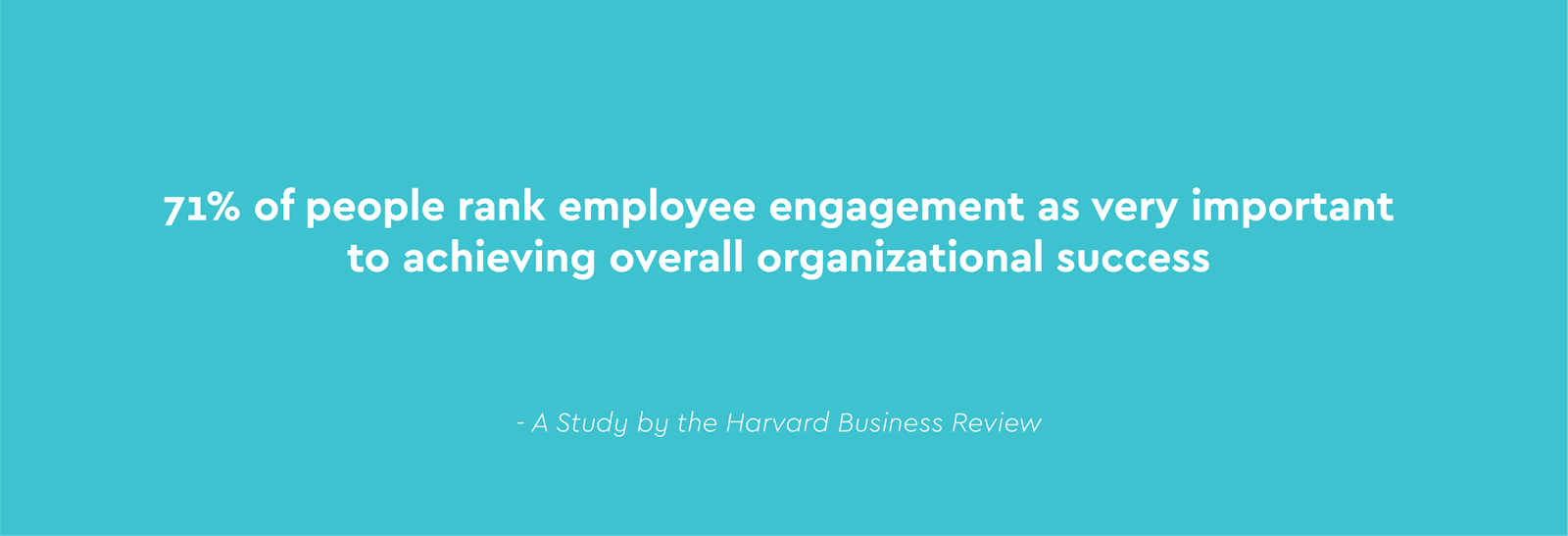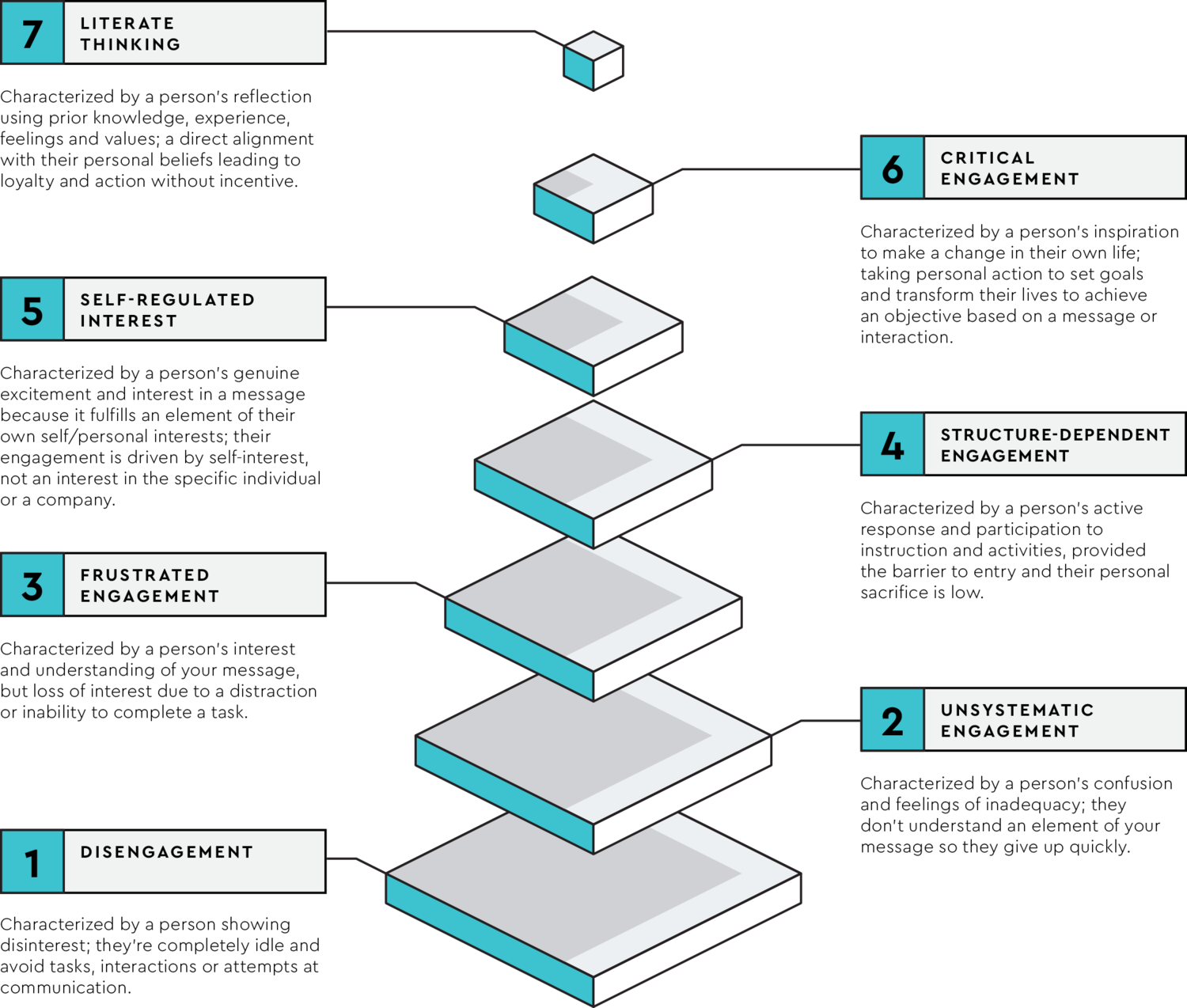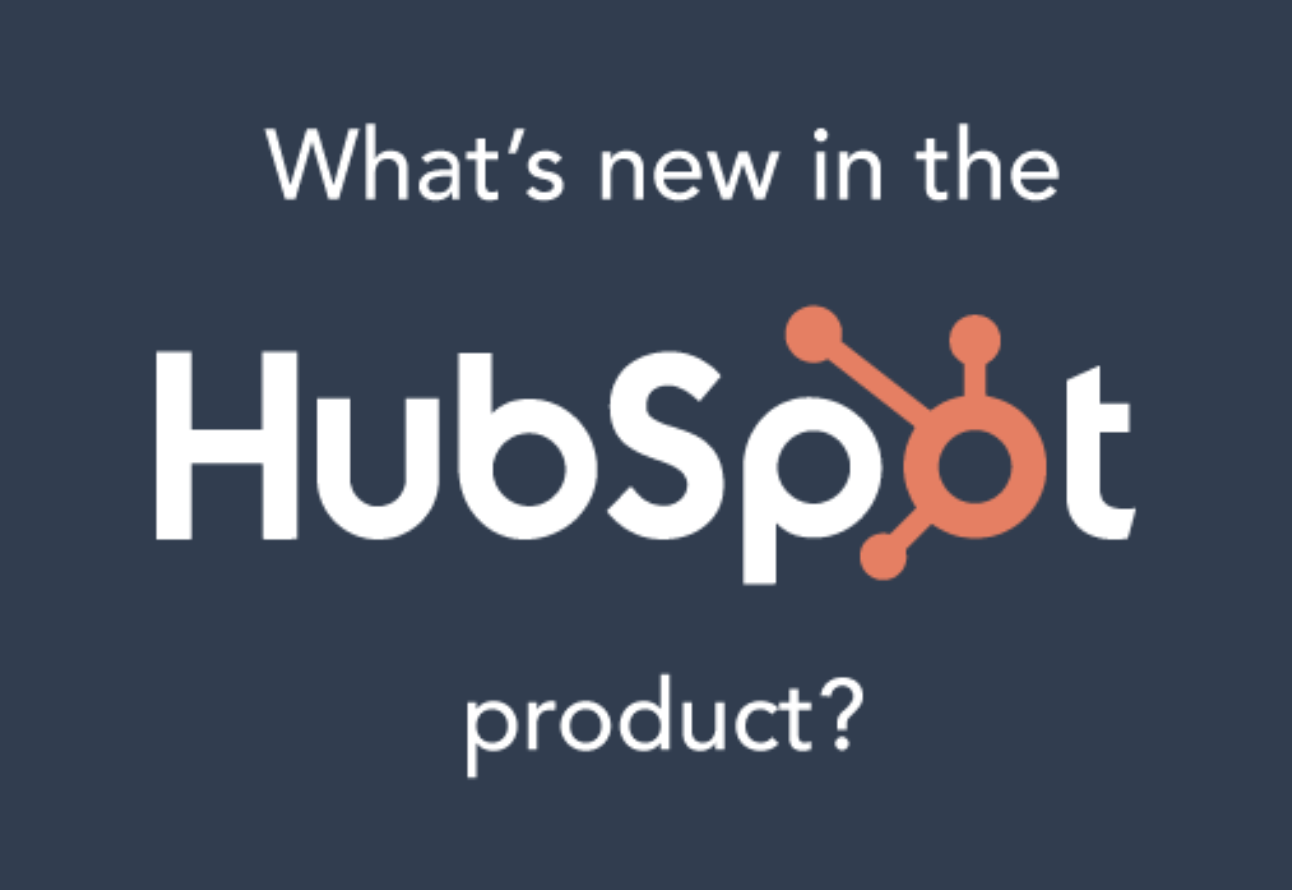If you’ve arrived at this post, chances are you’re a marketer, manager, salesperson, or someone who interacts with people on a daily basis. So you’re probably looking to meaningfully connect with your customer so that you can ask something of them. For your business to survive, you have to sell something to someone, right?

So often when we’re building companies, we’re focused on changing who we are to fit the customers’ needs, but just like in any relationship, it’s crucial for us to do the work first and foremost on ourselves, and then step into the process of connecting with someone else.
This is why my company CatalystCreativ has adapted a framework from Bangert-Drowns and Pyke called the Seventh Level Framework that helps people find what their personal narrative is. From there, the framework teaches them how to communicate that narrative to others so that they can build meaningful and lasting relationships with their customers.
Inspired by the inbound methodology and the flywheel model, CatalystCreativ has segmented the Seventh Level framework into three buckets: attract, engage, and delight. This is part one of a four-part blog series about meaningfully connecting with your customers to build long, sustainable relationships that activate passive consumers into brand advocates so that you can grow your business.
Selling = A Lasting Commitment
So first, you identify what you stand for, and then you want to sell it, right?
In that case, I have a question that transcends industry, profession, personality, and age.
Would you ask someone to marry you if you had no idea how they would respond to the following questions?
- What is your name?
- What are your favorite foods?
- What songs get you out on the dance floor?
- Do you hate my favorite sports team?
Of course you wouldn’t! If you were asking someone to make a lasting commitment to you, you would take the time to get to know your partner and allow them to build a relationship with you.
This is how life works. Why should marketing or managing be any different?
Enter: Engagement
If you translate the marriage scenario into marketing language, you basically end up with the dilemma of audience engagement and the marketer’s never-ending quest to win it and hold onto it.
But first, let’s take a step back. Why does engagement even matter? Let’s let the numbers do the talking:



So clearly, engagement is vital to having successful relationships in life and business.
But it doesn’t stop there.
Apathy is the enemy of engagement, and an unengaged world is an unpleasant place to live.
But we do have a powerful weapon for combating apathy: engagement. By deeply, meaningfully engaging people, we can start to see small vestiges of change.
Okay, Okay, Engagement Is a Huge Deal. Is There Anyone Getting It Right?
Yes! I dare you to take a look at this list and deny that any of these people or brands doesn’t have a highly engaged, crazy devoted, put-my-life-on-the-line-for-you group of followers.
- Lady Gaga
- Taylor Swift
- Zappos
- Beyonce
- REI
- Justin BIeber
What do all of these brands and celebrities have in common? They’ve reached the Seventh Level of Engagement. Doesn’t your brand deserve that same level of devotion? Building up to that place requires that you first develop a nuanced understanding of engagement.
It turns out, the definition of engagement we’ve all been working with is wrong.
Okay, maybe not completely “wrong.” But it’s an incomplete definition, to say the very least.
Marketers have historically relied on digital tools to tell us what engagement metrics we should be paying attention to. Namely, likes, comments, and shares. We’ve been told that disengagement is BAD and engagement is GOOD and that with enough ad dollars, we can buy our way out of the first static state and directly into the second one.
It’s time for us to stop relying on tools to tell us what engagement looks like. Instead, let’s determine meaningful metrics for ourselves, and then select the right tools to track them.
In reality, engagement is a dynamic spectrum, and your audience can move back and forth between many levels. Most importantly, your audience is NEVER simply “engaged” or “disengaged.” Like all human states, it’s just not that black and white.
I propose we adopt a more modern, accurate method of measuring engagement: The Seventh Level Method.
Along with my team, I set out to create a comprehensive tool for measuring and improving engagement, one that had already proven wildly successful in an education setting based on the methods of renowned researchers Bangert-Drowns and Pyke.
This method, the Seventh Level, breaks down audience engagement into —you guessed it — seven levels, based on specific actions and attitudes. The objective is to first start with the Seventh Level for yourself, and then identify opportunities to strive for the Seventh Level with your customers; a coveted state of deep brand integration into your audience’s lives, based on how their personal values align with your personal beliefs.

And What Can You Expect to See Once Your Brand Has Reached the Seventh Level?
While your brand isn’t likely to turn into a Beyonce or Patagonia overnight, starting on a journey towards the Seventh Level is the best thing you can do for the future of your organization.
Time and time again, we’ve seen proof that customers at the Seventh Level are a business’ best asset. They actively seek out new projects to take on at work. They come to your defense if you’re attacked on social media. They participate in your campaigns, open every newsletter you send and, most importantly, integrate your brand into their very identities. The immense value of that type of relationship can’t be quantified. To learn more, download the worksheet here.
That wraps up part one! Stay tuned for my blog post on the attract stage next week.










